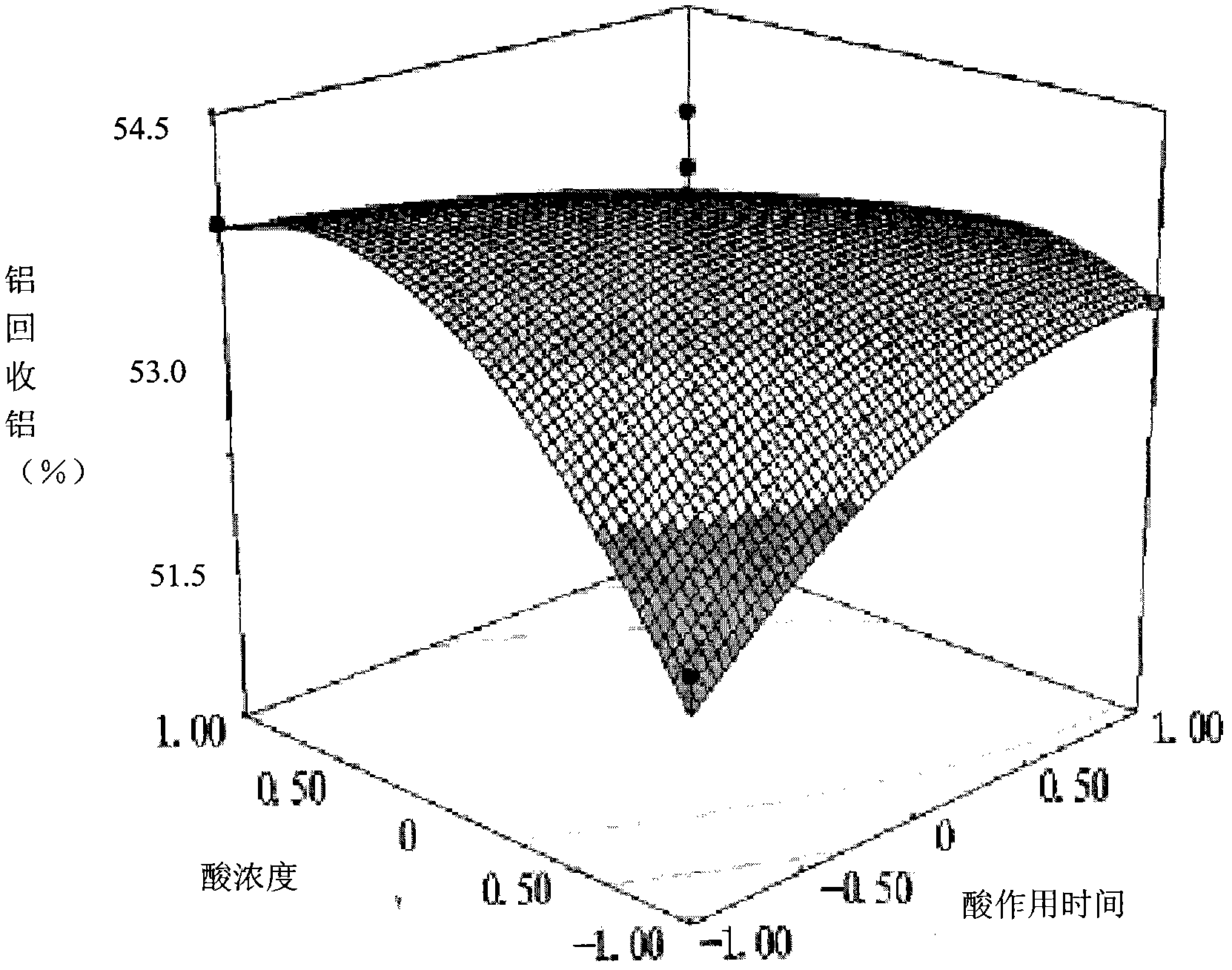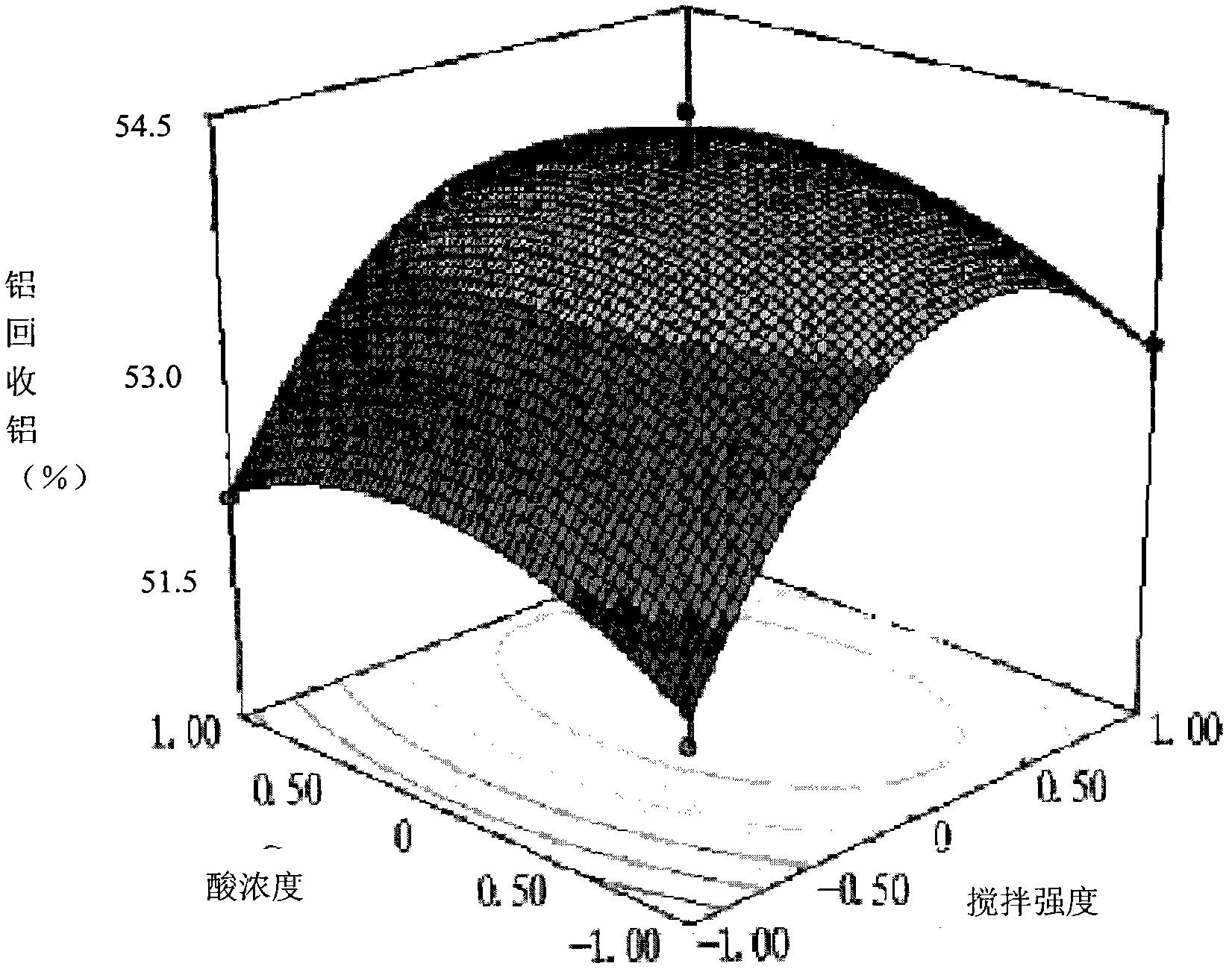Acid lixiviation based recycling treatment method of aluminum circulating coagulation sludge
A treatment method and sludge treatment technology, which are applied in the fields of flocculation/sedimentation water/sewage treatment, dehydration/drying/concentrated sludge treatment, chemical instruments and methods, etc. It can reduce the disposal cost, reduce the harm to the environment, and improve the recycling effect.
- Summary
- Abstract
- Description
- Claims
- Application Information
AI Technical Summary
Problems solved by technology
Method used
Image
Examples
Embodiment Construction
[0027] (1) Sludge dehydration
[0028] ①Pump the aluminum salt coagulation sludge into the sludge treatment tank for treatment, and use a concentration and dehydration integrated machine to concentrate and dewater it to reduce the water content of the aluminum salt coagulation sludge to below 80%, so as to reduce the water content of the sludge rate, reducing the volume of sludge;
[0029] ② Put the dehydrated aluminum salt coagulation sludge to dry in a cool and ventilated place, then place it in an oven at 105°C for 5-6 hours, and dry it to constant weight, then dry the dried aluminum salt coagulation sludge The mud is placed in a horse boiling furnace and roasted for 7 hours under the condition of 650-750 ° C. After taking it out, it is cooled to obtain a roasted residue;
[0030] (2) Acidification treatment
[0031] ① adding water to the roasting residue of aluminum salt coagulation sludge in step (1) and mixing evenly to obtain mud;
PUM
 Login to View More
Login to View More Abstract
Description
Claims
Application Information
 Login to View More
Login to View More - R&D
- Intellectual Property
- Life Sciences
- Materials
- Tech Scout
- Unparalleled Data Quality
- Higher Quality Content
- 60% Fewer Hallucinations
Browse by: Latest US Patents, China's latest patents, Technical Efficacy Thesaurus, Application Domain, Technology Topic, Popular Technical Reports.
© 2025 PatSnap. All rights reserved.Legal|Privacy policy|Modern Slavery Act Transparency Statement|Sitemap|About US| Contact US: help@patsnap.com



